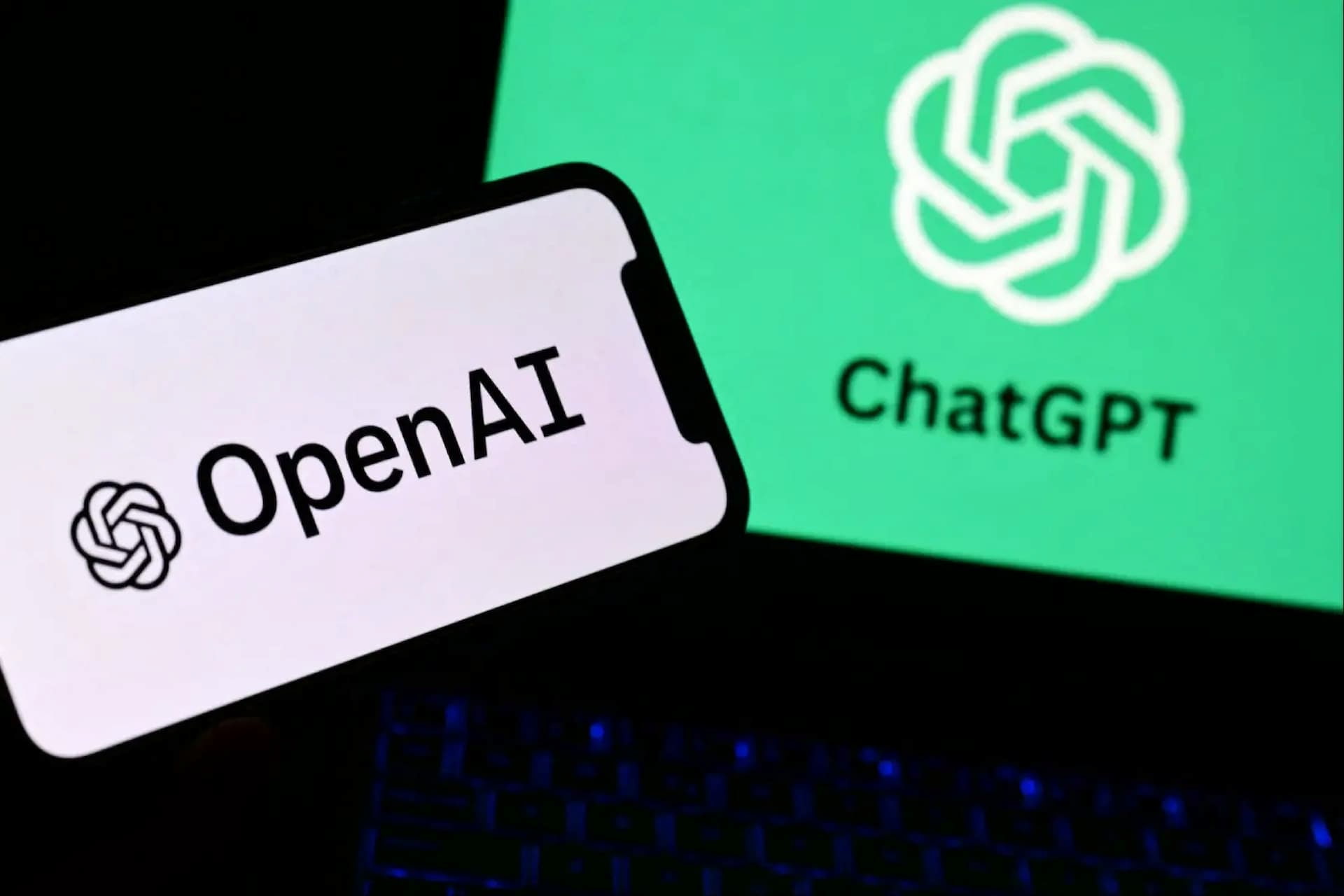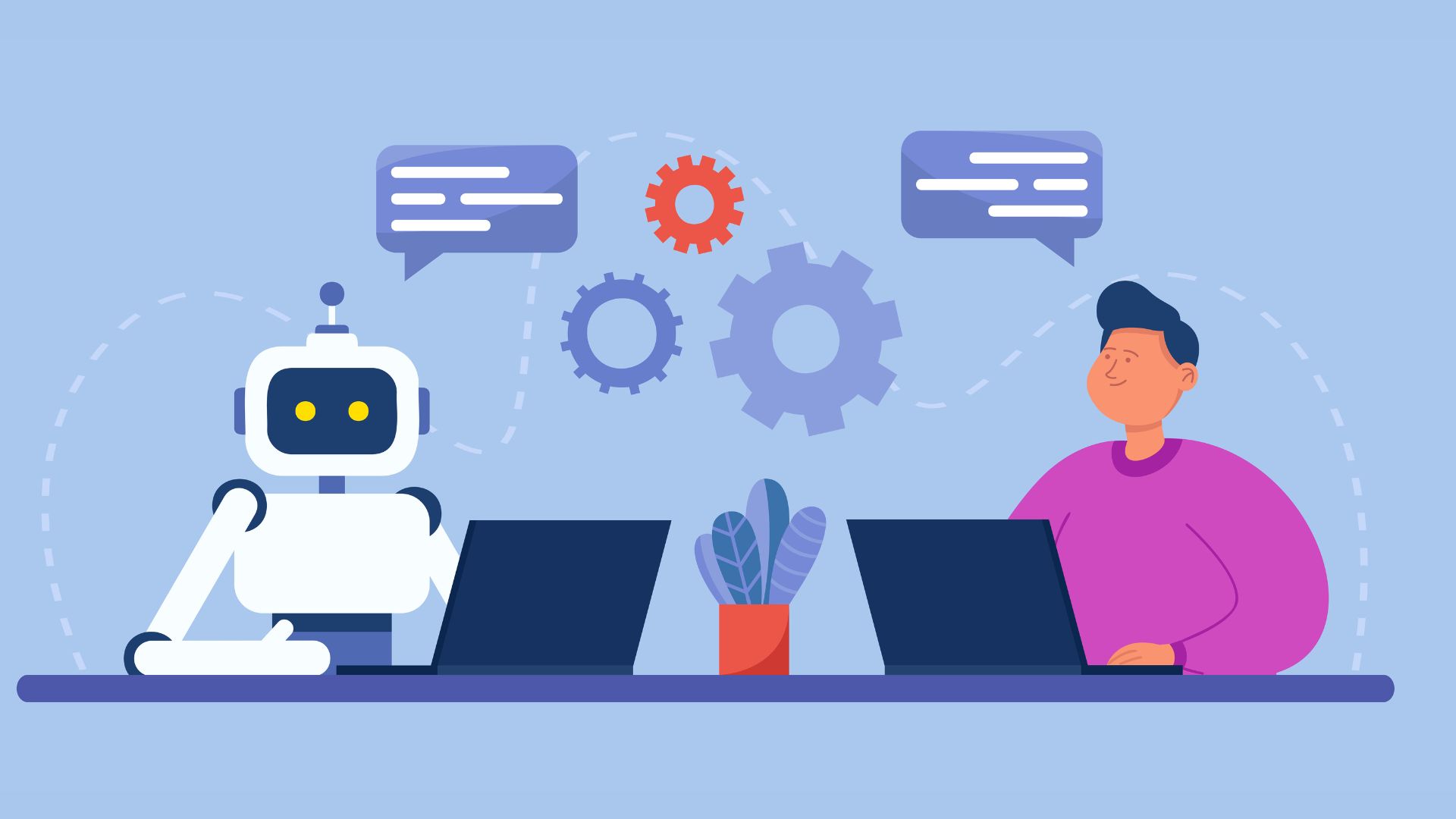Senator Bernie Sanders has warned that AI and automation could eliminate nearly 100 million US jobs within the next decade unless stronger worker protections are introduced.
The report, titled The Big Tech Oligarchs’ War Against Workers, claims that companies such as Amazon, Walmart, JPMorgan Chase, and UnitedHealth already use AI to reduce their workforces while rewarding executives with multimillion-dollar pay packages.
According to the findings, nearly 90% of US fast-food workers, two-thirds of accountants, and almost half of truck drivers could see their jobs replaced by automation. Sanders argues that technological progress should enhance people’s lives rather than displace them,
His proposals include introducing a 32-hour workweek without loss of pay, a ‘robot tax’ for companies that replace human labour, and giving workers a share of profits and board representation.
Would you like to learn more about AI, tech and digital diplomacy? If so, ask our Diplo chatbot!










